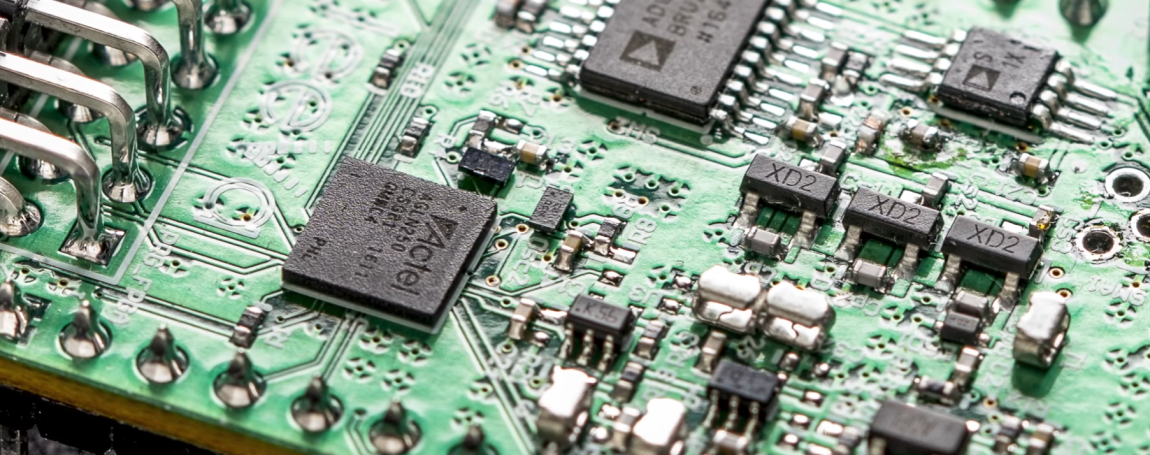
Reflected Radio
Researchers at the University of Washington have developed a long-range backscatter system that can transmit data up to 2.8 kilometers (1.7 miles) using a very small amount of power — apparently up to 1000 times less power than existing technologies that perform a similar function.
Reflected or “backscattered” radio signals can be transmitted without using a great deal of power. However, this technique makes it harder for the receiver to differentiate the reflections from the original signal and other, unrelated noise.

The team addressed this limitation using a form of modulation called chirp spread spectrum. With the reflections spread across multiple frequencies, it’s possible to receive the backscattered signals at long distances, even despite interference from other sources.
A Little Power Goes a Long Way
This technology could offer some major advantages for devices that need to communicate information wirelessly, but don’t have space for a bulky battery, or another power source. One application is outlined in a case by the product’s creator, called flexible electronics.
The nature of a flexible device — like wearable patches that monitor body sweat or the range of motion on a joint — means that there’s no space for a battery pack. This system would allow them to beam their readings back while operating using an ultra-thin power source.
The researchers created an epidermal patch and a prototype contact lens that were outfitted with the technology, and managed to transmit data across a 3,300 square-foot room. The team has started a company called Jeeva Wireless to manufacture sensors utilizing the system, and expect to produce them at a bulk cost of just 10 to 20 cents per piece.